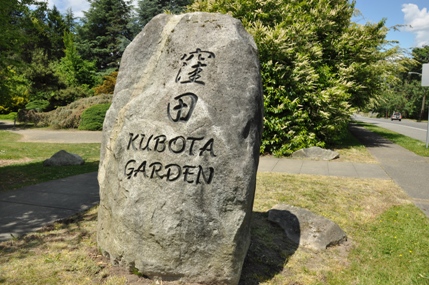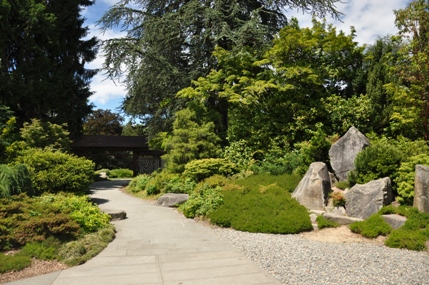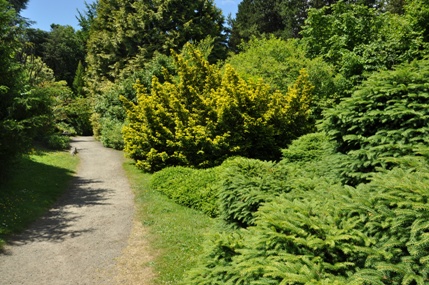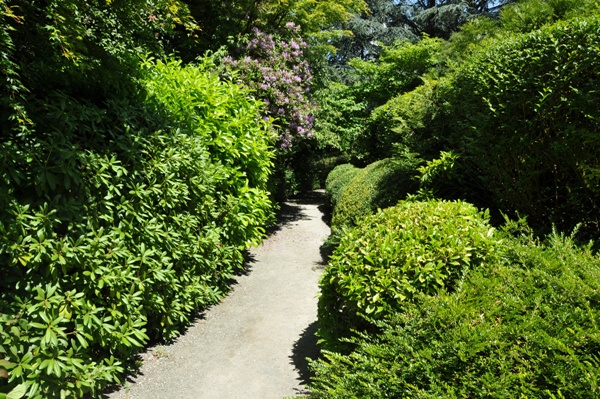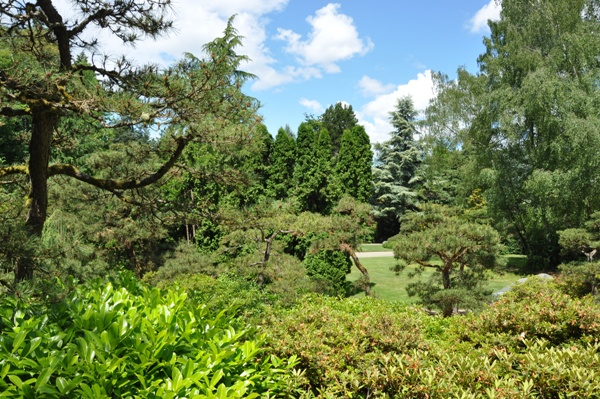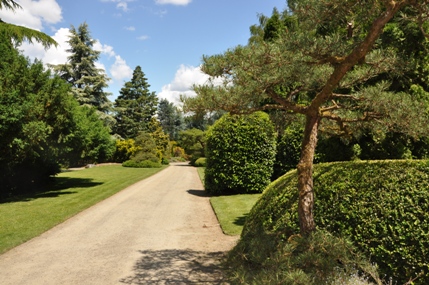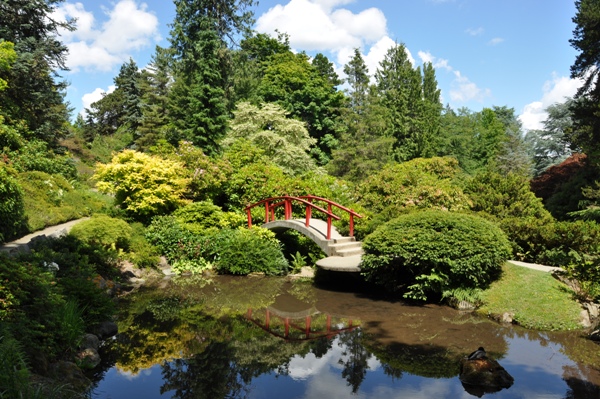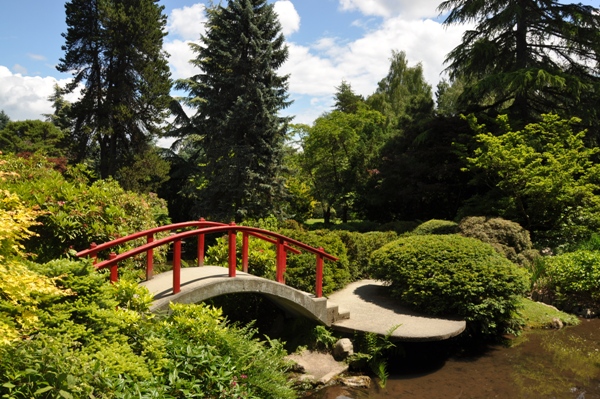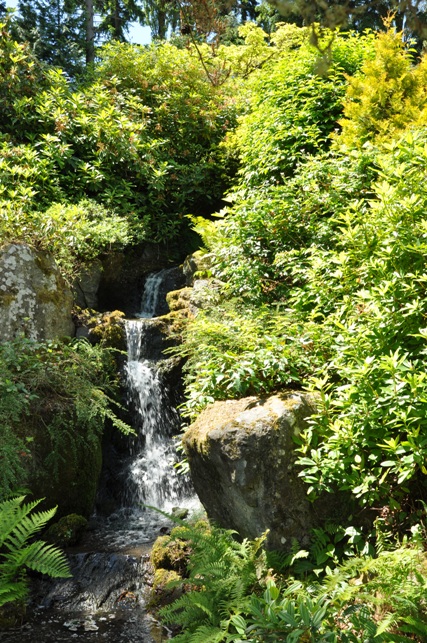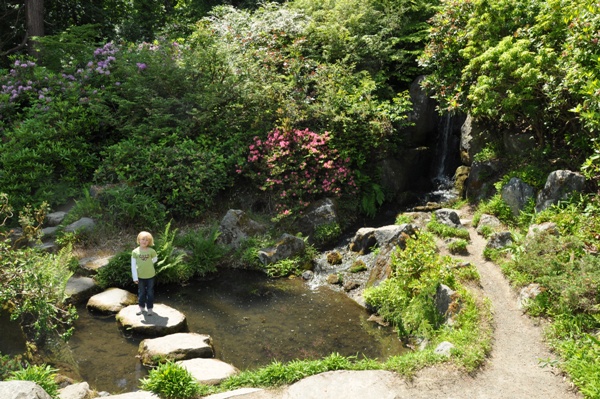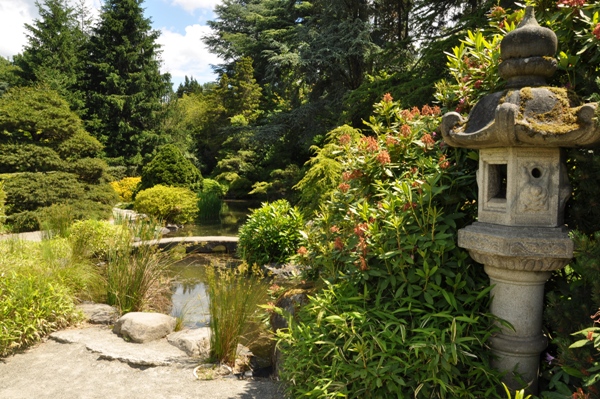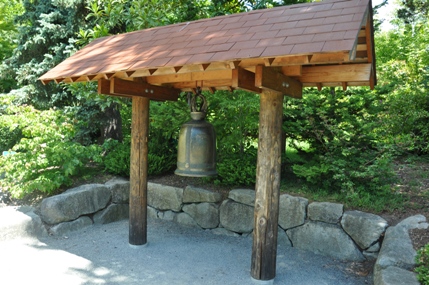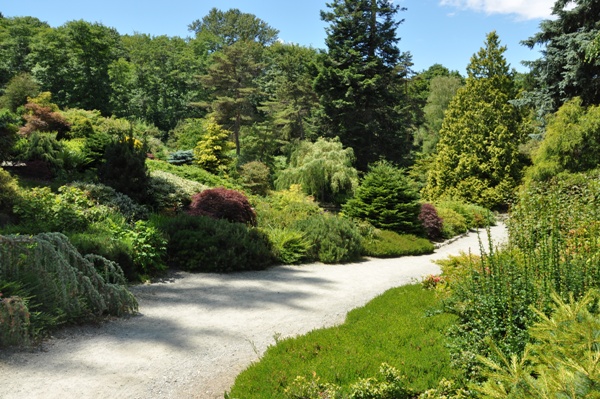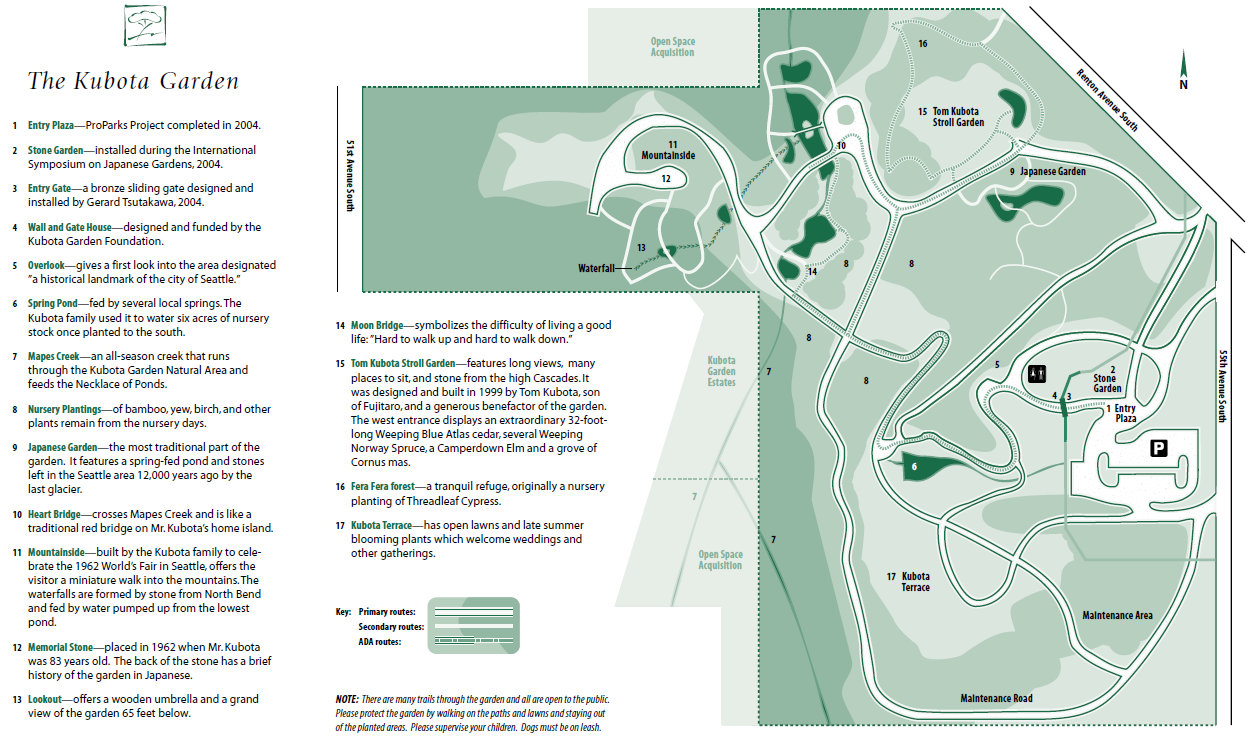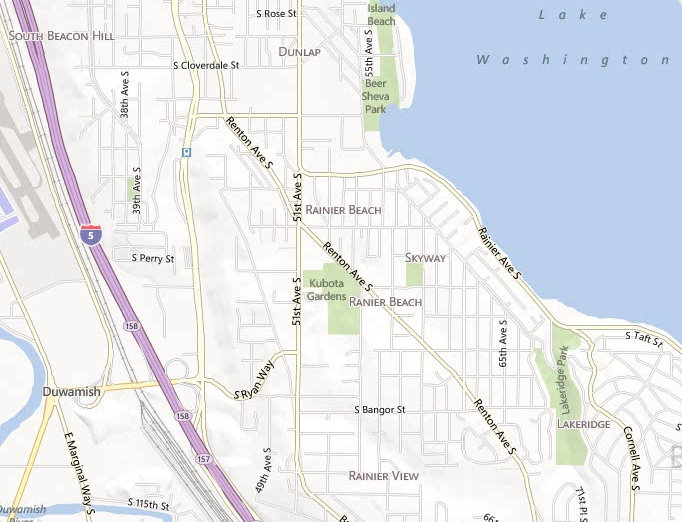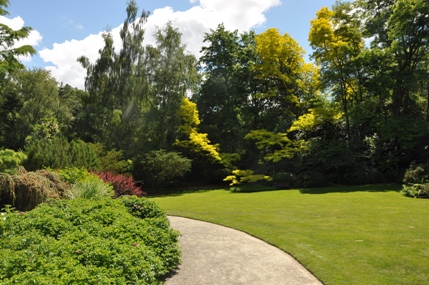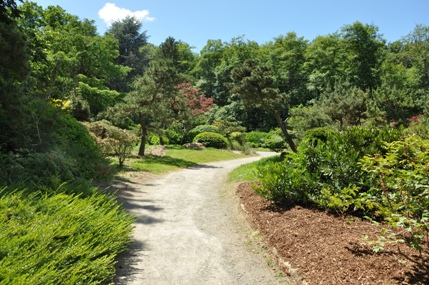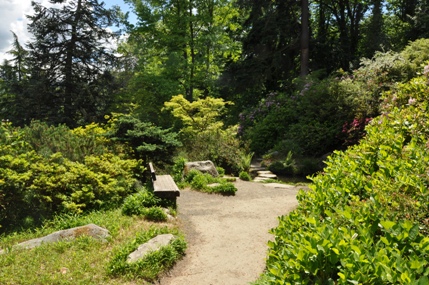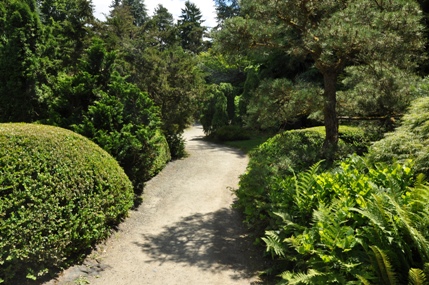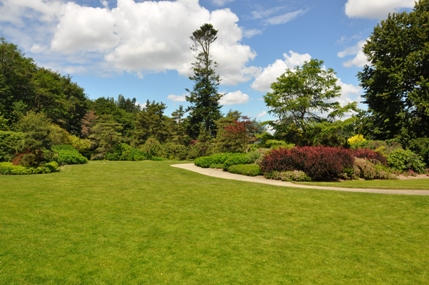Kubota Garden
A stunning twenty acres of hills and valleys, the Kubota Garden features streams, waterfalls, ponds, rock outcroppings and an exceptionally rich and mature collection of plant material. This unique urban refuge displays over sixty years of vision, effort and commitment by the Kubota family. In 1927 Fujitaro Kubota bought five acres of logged-off swampland in the Rainier Beach neighborhood of Seattle and began his garden. A 1907 emigrant from the Japanese Island of Shikoku, he established the Kubota Gardening Company in 1923. Fujitaro was a man with a dream. Entirely self-taught as a gardener, he wanted to display the beauty of the Northwest in a Japanese manner and was soon designing and installing gardens throughout the Seattle area. The gardens on the Seattle University campus and the Japanese Garden at the Bloedel Reserve on Bainbridge Island are public examples of his work. As Fujitaro's landscaping business prospered, his Rainier Beach garden grew to include twenty acres. It was the family home, the business office, the design and display center. And nursery to grow plant materials for the gardens installed by the Kubota Gardening company. The family was very generous in sharing access to the garden, and for many years it was a center for social and cultural activities for the Japanese community in Seattle. In the thirties, a natural stream was enclosed in a pool and surrounded with maple, pine, iris and stone. In the forties during the Second World War, the garden was abandoned for four years while the Kubota family suffered internment at Camp Minidoka in Idaho. Fujitaro and his sons, Tak and Tom, rebuilt the landscape business after the war and began extensive plantings of nursery stock. Many of these nursery areas are still present today. In the sixties, Fujitaro placed over 400 tons of stone to create the Mountainside with featured waterfalls, reflection pools, carved stones and the plants that he had worked with throughout this life. In 1972 the Japanese Government awarded Fujitaro Kubota with a rare honor, the Fifth Class Order of the Sacred Treasure, "for his achievements in his adopted country, for introducing and building respect for Japanese Gardening in this area." Fujitaro died in 1973 at age 94. He had always hoped that the garden would one day be open to the public, both to enhance the quality of life in Seattle and to increase America understanding and appreciation of Japanese culture. When the 20-acre property became a target for condominium developers, community groups encouraged the Seattle Landmarks Preservation Board to designate the 4.5-acre core area of the garden as a Historical Landmark. In 1981 the American-Japanese Garden created by Fujitaro Kubota was declared to be an Historical Landmark of the City of Seattle. In 1987, thanks to the efforts of many dedicated individuals, the City of Seattle acquired the garden from the Kubota family. The garden is now maintained by the gardeners of the Department of Parks and Recreation and many volunteers. The Open Space Program of the City of Seattle has purchased approximately seventeen acres of land adjacent to the garden to remain as a natural area protection Mapes Creek and the ravine.
WillhiteWeb.com - Seattle Parks
